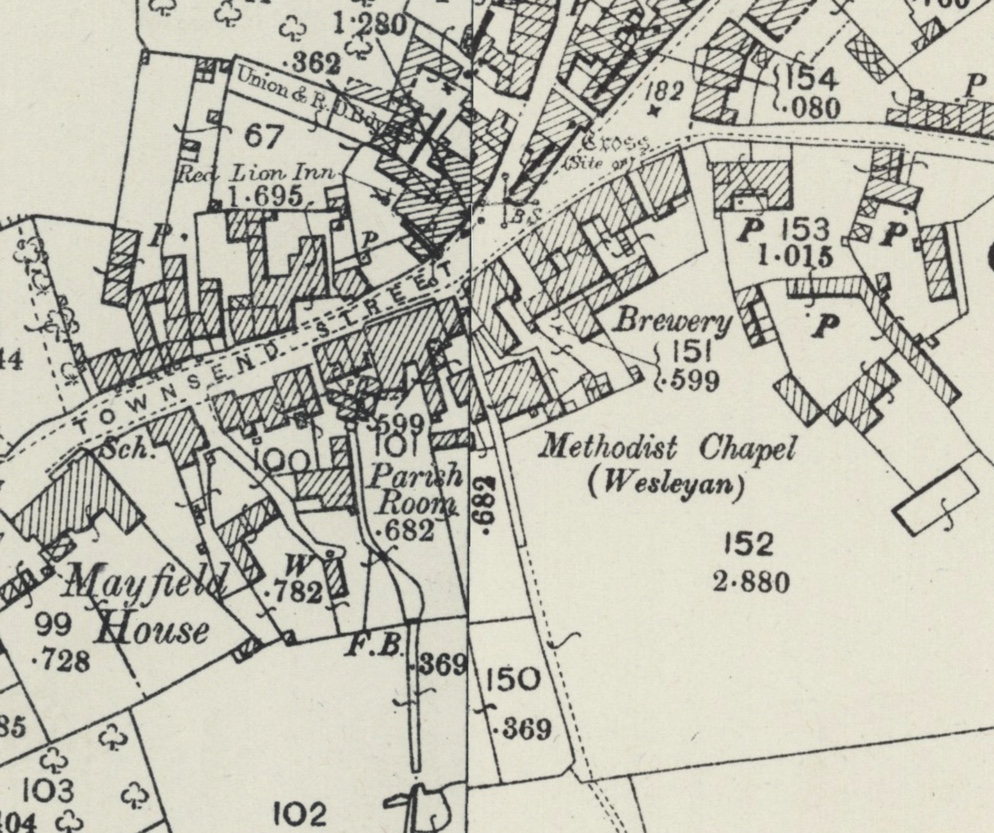(Extract from “History of some of the old Buildings in Rode”, by Dawna Pine, second edition by Peter Harris, 2019)
Habersfield House. According to recent owners, judging from the evidence of the roof timbers and other structural features, this house is probably 3-400 years old in part. In 1841 it was called Ebenezer House and occupied by John Gullick, pensioner, and Elizabeth Gullick. About 1855, Charles Happerfield formed the Wesleyan Reform Chapel of Rode and they acquired these premises which they converted to a chapel. In February of 1871, members had a meeting where they agreed to change the name to the Ebenezer Congregational Chapel.
Then in early November, the restoration began on the Chapel and the erection of a new schoolroom was completed. The schoolroom measured 24 feet by 16 feet and it had an open roof. It was separated from the chapel by folding doors. The chapel was completely restored with new floors, open benches, a panelled screen located at the entrance and the walls were stuccoed. All of the woodwork was oak grained. Villagers were married at the chapel in living memory and there are those in the village who remember it when it was used as the village hall. It eventually did come into the ownership of Charles Happerfield and was known as Happerfield’s Hall.
He sold the Hall in 1911, according to the deeds. Over the years it collected other names – Parish Room, Happerfield Hall and the Women’s Institute Hall – the map below (Ordnance Survey, 1894) shows the hall/chapel, named “Parish Room”. It was converted into a house in 1948 and for a while was mistakenly named Habersfield House, which is on the Ordinance Survey Map. It was converted into a house in 1948, and there was an exterior stone staircase to the upper story and also a water stoop or piscina by the main chapel door. Village folk memory claims that it has Carthusian origins along with 6 High Street and 8 High Street (known as Monks Cottage). The owners tell me the garden between Habersfield and 8 High Street could have been a square ‘cloister’. If so, they believe that Habersfield would probably have been the chapel as it is built exactly on an east/west axis. It is said that no other structure in the village except St. Lawrence, Rode is built on this east/west axis.
